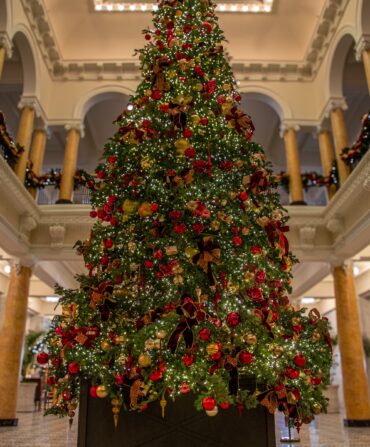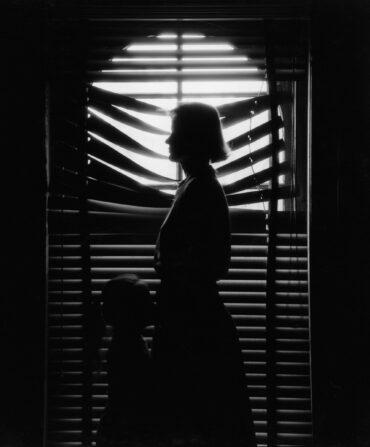Art collector Jeremy K. Simien’s Zoom background reads like a Louisiana history-themed game of I Spy. Behind him stands a stately 1890 Steinway piano, on top of which perches a top hat from the 1890s alongside a fishbowl of pottery sherds from the Tremé neighborhood and the French Quarter of New Orleans. To the left hangs a painted portrait by Alberta Kinsey of a Black woman in a thick white tignon. Against the wall leans a painting of voodoo legend Marie Laveau’s sister-in-law. From the adjacent living room, the tail of Simien’s cat waves from a blue chair that sat at Oak Alley Plantation in Vacherie, Louisiana.
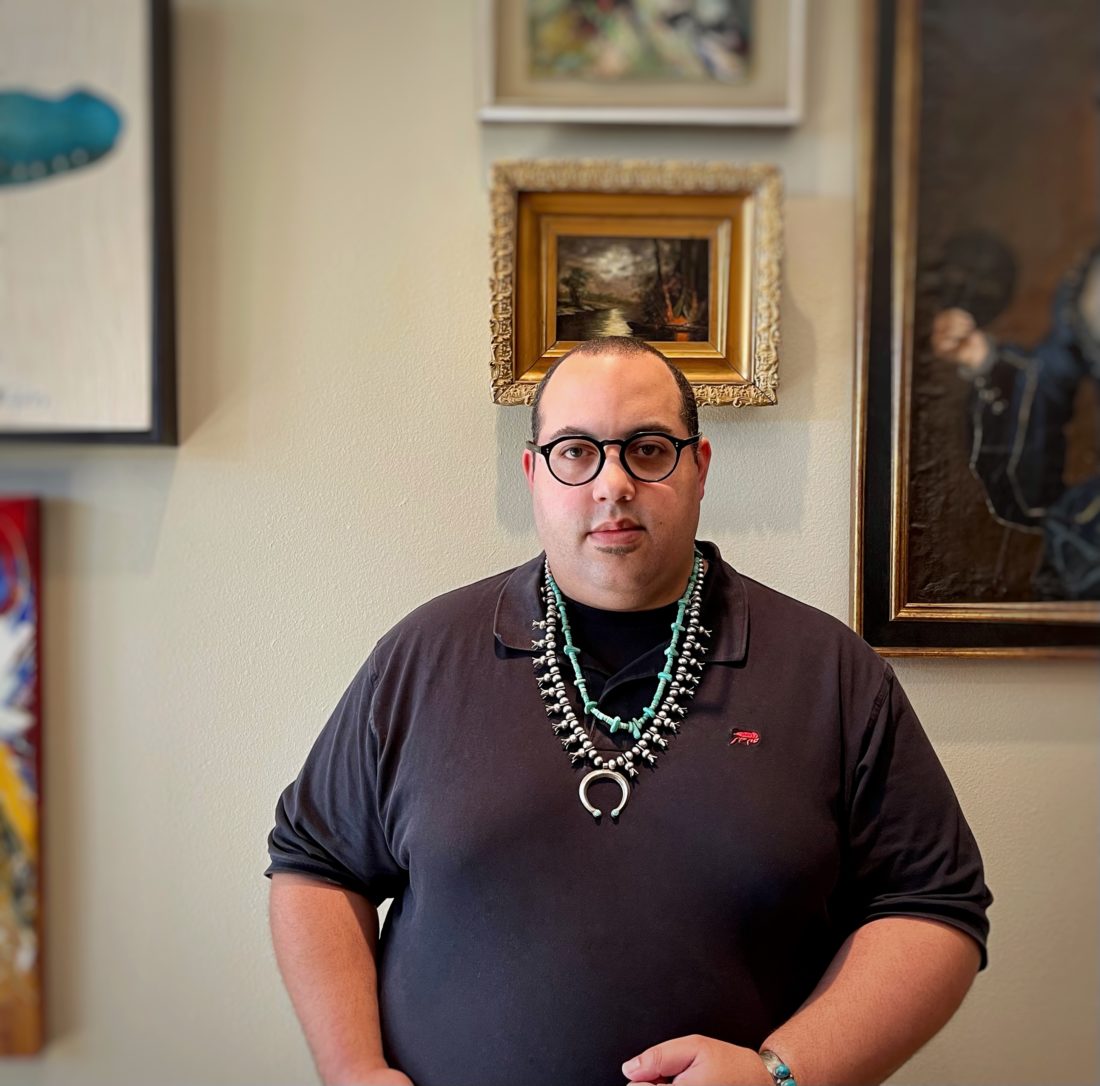
“Around the time I bought a house, I became very interested in my family history,” Simien says. In the decade or so since he purchased his home in Baton Rouge, that interest has led him to acquire antique furniture and objects from bowls to lamps to candelabras, and more early- to mid-nineteenth century portraits than he can count. Each piece is steeped in Louisiana’s past. His collection includes a focus on depictions of Creoles of color, a term that describes people of mixed European, African, and Native American ancestry, who in the 1830s accounted for a fifth of the population of New Orleans and owned a third of the property in the French Quarter.
“My African ancestors arrived alongside my European ancestors about three hundred years ago, and my indigenous ancestors have been here for quite a bit longer, of course,” Simien says. “My wife and I became very excited about this story, and we picked pieces that represent different chapters of it.” The acquisition process is rarely simple. Simien constantly browses art auction sites and spends countless hours researching each portrait that comes his way. And he plays the long game; it took him seven years to track down and acquire a lost painting of his great-great-great-great-great grandfather, a free man of color born in New Orleans in 1760.
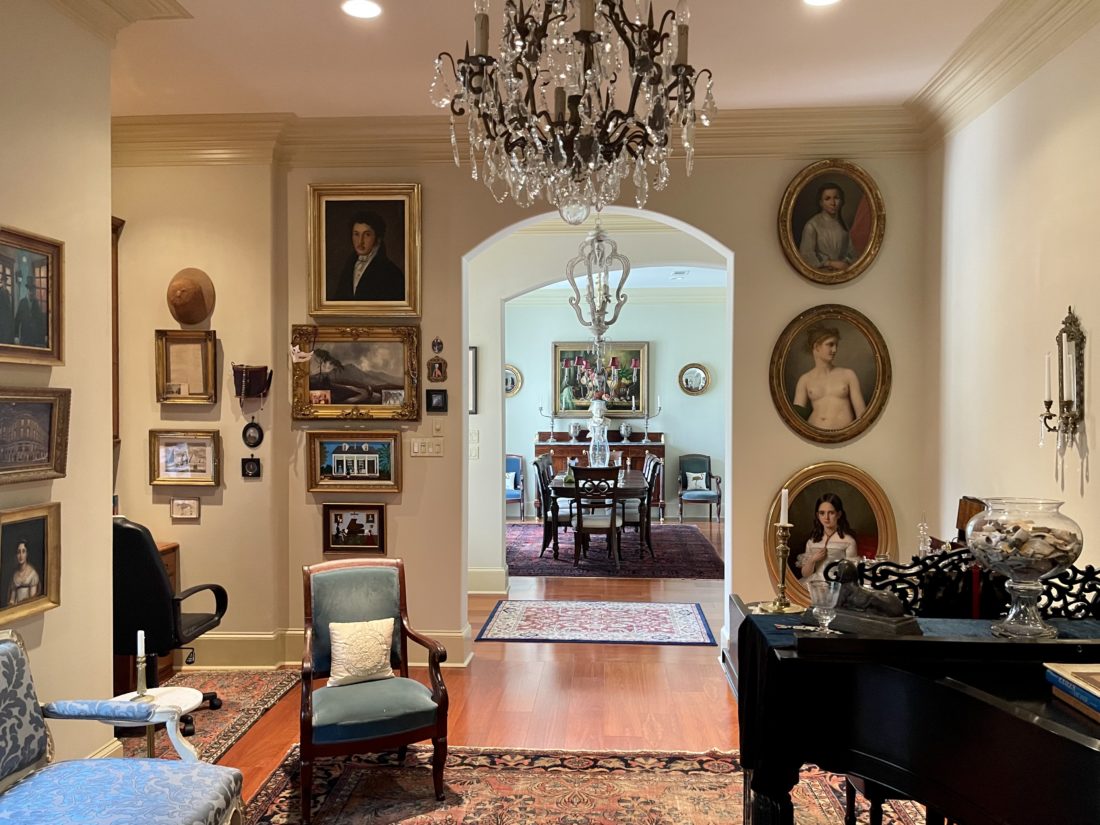
Simien’s immediate goal is to fill in the gaps of Louisiana history for a fuller narrative–to resurrect forgotten or erased stories. “But the bigger story here is not just the negative that hangs over us with these difficult race relations,” he says. “It’s actually reassuring that we’re all connected in many ways. We have art all around us that shows the interplay of diverse people and the fusion of Louisiana history.”
Here is a sampling from Simien’s collection. He shares the backstory of each piece:

“I was visiting a friend near Jeanerette, Louisiana,” Simien says. “His family has been in the sugar business for hundreds of years. And my grandfather actually cut cane in those fields as a young kid. I’m sitting there drinking a blackberry mint julep from a silver julep cup. It’s a life-changing experience. The cup is glistening and I’m looking out there at the swaying sugar cane, and I have this thought: My grandfather was in these fields in the 1940s, and I bet this very cup was in the cupboard when my grandfather was cutting cane. Naturally, I went crazy and started buying silver cups. And now I have about twenty or thirty New Orleans-made silver cups.”
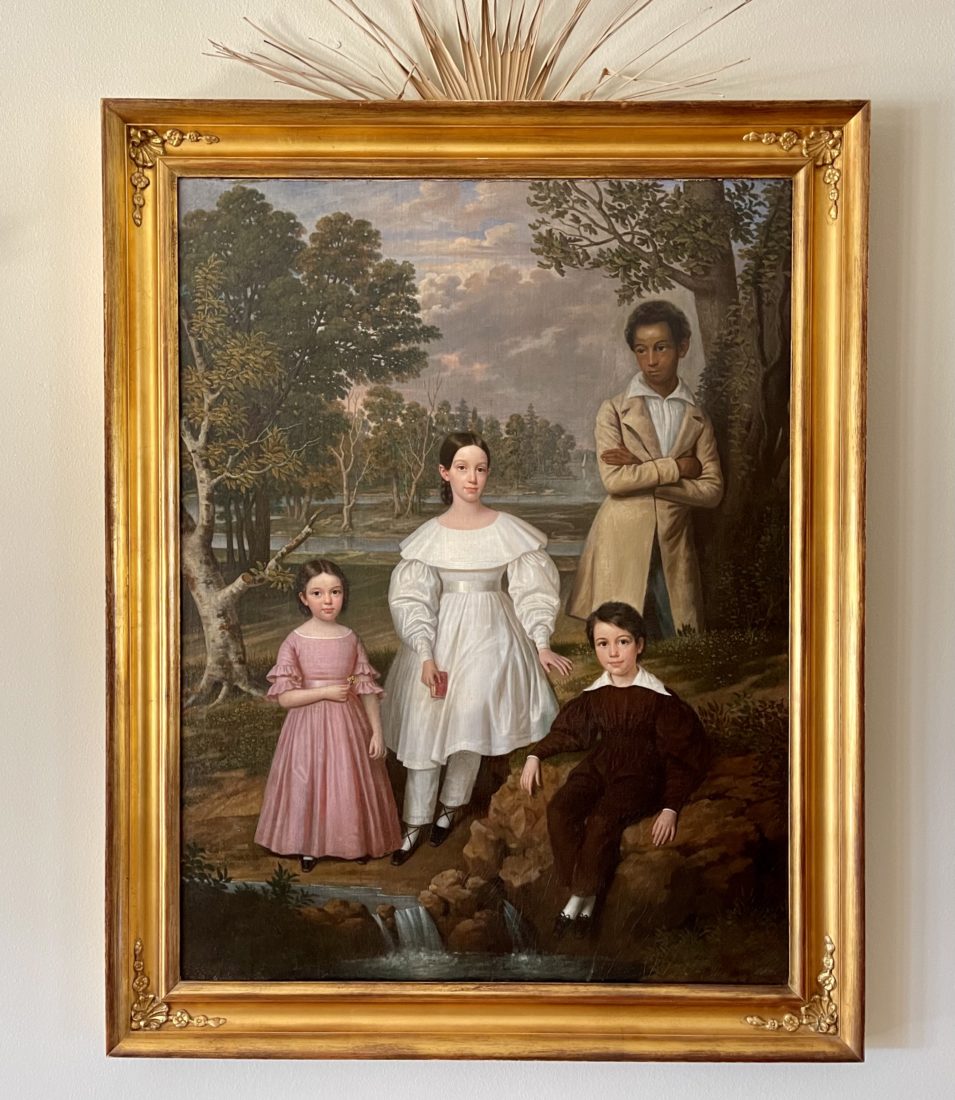
For years, no one knew the name of the boy musing by the tree in this circa 1837 painting. In fact, for much of the piece’s existence, he wasn’t even visible–someone at some point deemed the grouping unacceptable and painted over him so that only the three white children remained. The painting sat in storage at the New Orleans Museum of Art from 1972 to 2004, when the museum deaccessioned it. It was then sold at public auction, and a dealer purchased and cleaned it, revealing the child in the background. Thanks to what Simien calls “polite persistence” and the help of an Instagram follower, a fellow researcher, and Google, he purchased the painting in September of last year and cracked the case of the boy’s identity. His name is Bélizaire and at the time of the painting, he was fifteen and enslaved as a house servant. He appears in this portrait with the Frey children, and the family later sold him away. “Bélizaire, they know your name now,” Simien wrote on Instagram after the discovery went public. “Tell the ancestors to let me sleep for a minute.”
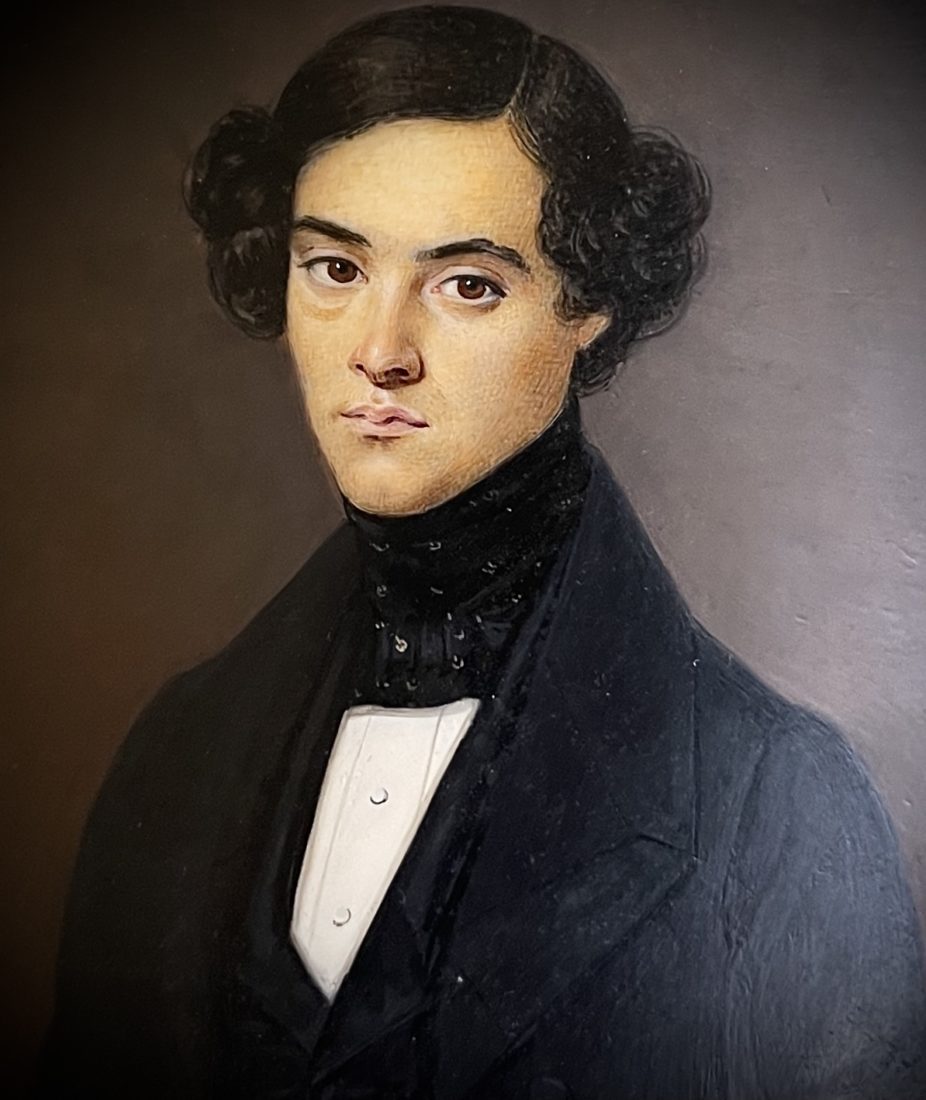
This miniature, painted on ivory, shows Philippe Aime LeGoaster, a free man of color born in New Orleans in 1820. The Afro-Creole line of his family, in a matter of generations, went from being enslaved to opening tailoring shops to becoming real estate moguls in New Orleans. Along the way, they helped countless other people of color by offering jobs and apprenticeships within their businesses. In Philippe’s lifetime, the LeGoasters left the city, opting to live as equals in France rather than as second-class citizens in America. This portrait remained in France until Simien tracked it down through a distant French cousin and brought it home to Louisiana. “When we have people who fled their homes as refugees because of the circumstances of their time,” he says, “I think it’s wonderfully symbolic when they return.”
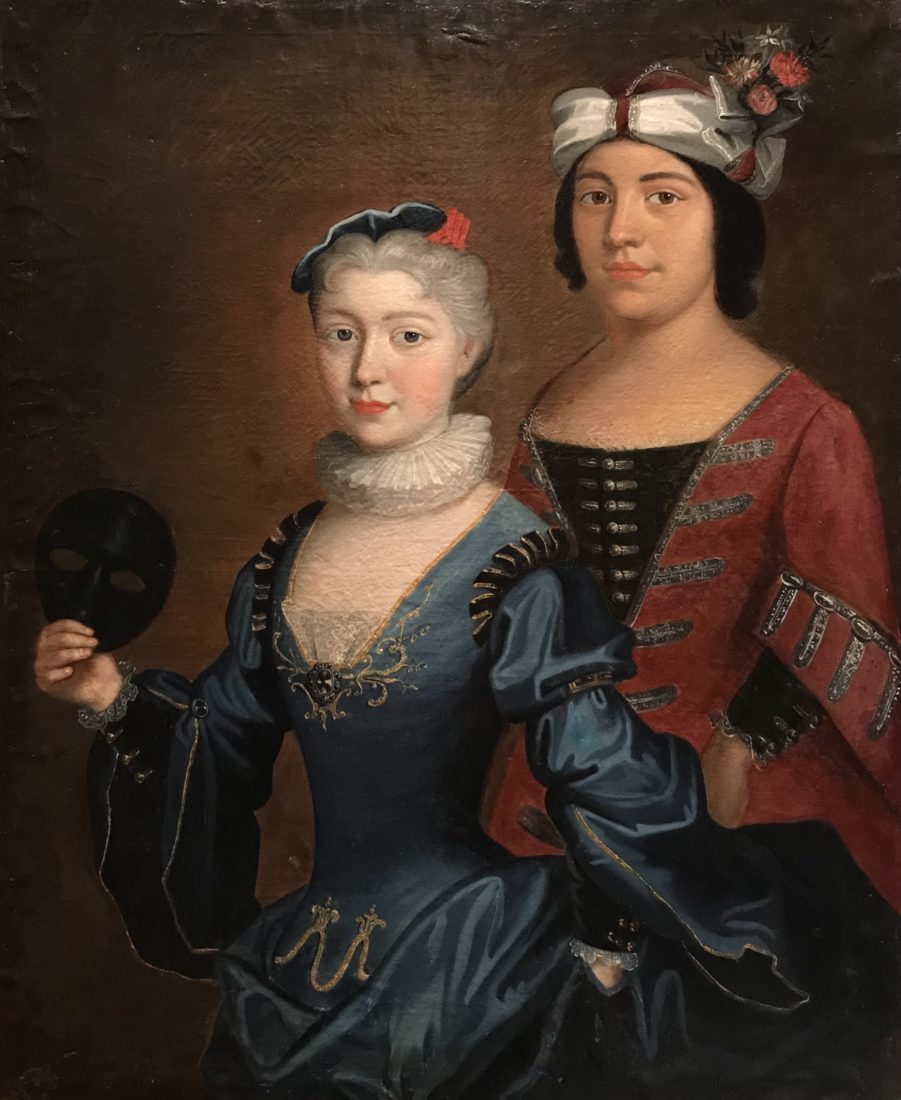
“The velvet moretta mask was one of the oddities of the eighteenth century,” Simien says, referring to the mask in the hand of the woman on the left. Ladies donned these masks to disguise their identity–and sometimes, their race–in order to avoid social duties while out. “I love that idea that a woman could go out into the streets and see a guy that she knows and just opt out: Nope, not today,” Simien laughs. But to sidestep social duties also meant the woman could not speak; the wearer had to clasp a bead in her mouth for the mask to stay on her face. For now, the identities of these two 1720s ladies–and the relationship between them–is a mystery. “I’ve got all kinds of crazy speculation on this strange, strange, strange painting,” Simien says. “It’s one of my next projects.”
To see more of Simien’s collection, visit his Instagram.



